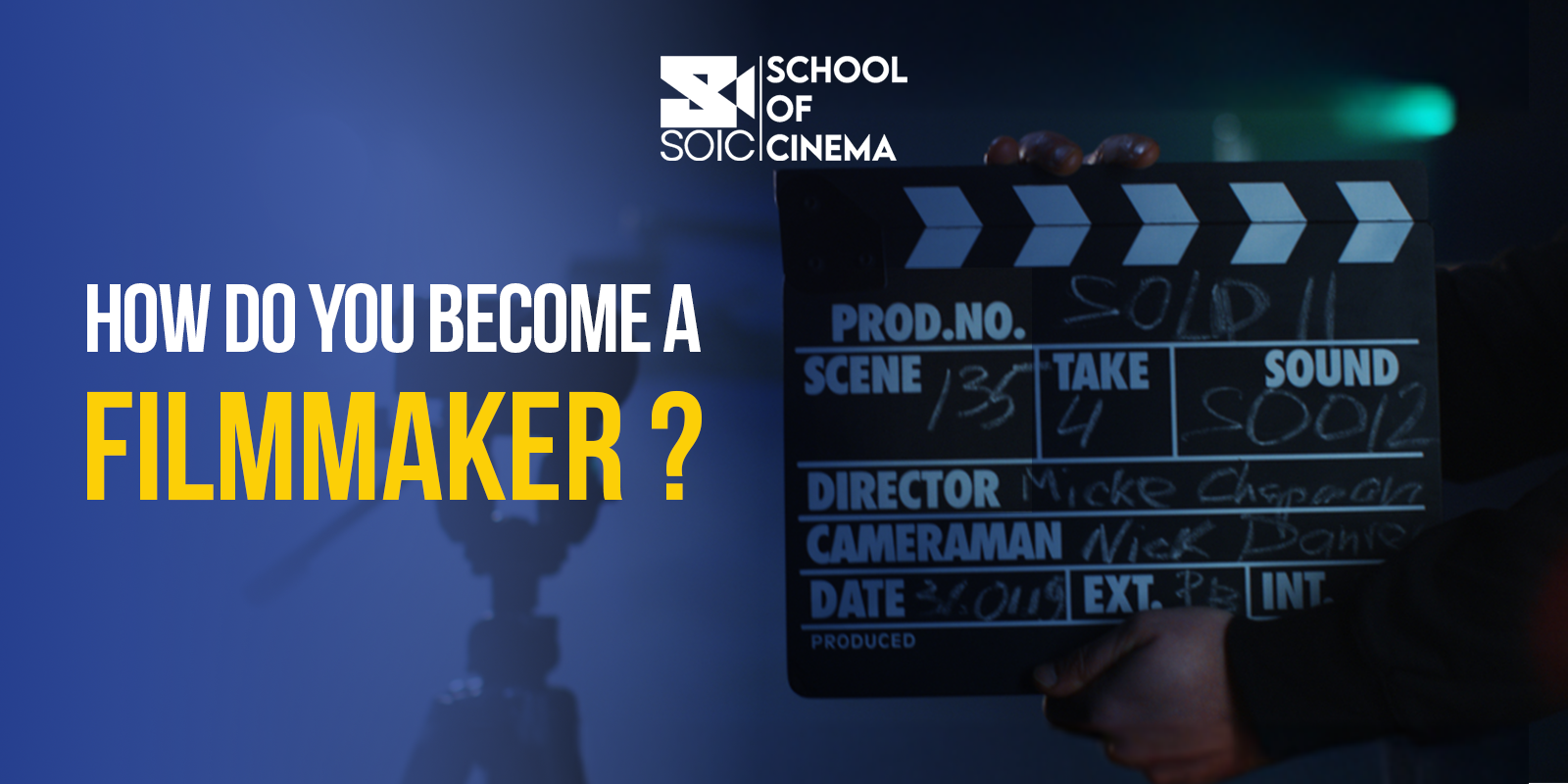
Directors are the creative
visionaries in filmmaking, shaping stories through artistic and technical
mastery. To craft compelling films, directors must excel in various techniques
that enhance storytelling, engage audiences, and create memorable cinematic
experiences.
Mastering Visual
Storytelling
Directors convey emotions and
narratives through visuals rather than relying solely on dialogue. Techniques
like framing, symbolism, and “show, don’t tell” immerse viewers in the story.
Camera Techniques
for Impactful Narratives
Camera angles, movements, and depth
of field are tools directors use to guide emotions and focus. Collaborating
with cinematographers is essential to align visuals with the story’s vision.
Lighting for Mood and Atmosphere
Lighting shapes a film’s tone, from
bright and cheerful high-key setups to dramatic low-key effects. Mastery of
lighting helps directors control how audiences perceive scenes.
Directing Actors
for Emotional Resonance
Directors build trust with actors,
explore character motivations, and provide clear guidance to elicit authentic
performances that resonate with audiences.
Enhancing Sound and
Music Design
Sound enriches films through
diegetic and non-diegetic effects, clear dialogue, and emotionally impactful
music scores, creating a multi-sensory experience.
Editing for Pacing
and Continuity
Post-production brings a director’s
vision to life. Seamless editing ensures narrative flow, maintains engagement,
and enhances storytelling with tools like montages.
Leveraging
Color Theory for Storytelling
Directors use consistent palettes,
symbolic colors, and color grading to evoke emotions and support thematic
elements within the narrative.
Blocking
and Staging for Visual Dynamics
The placement and movement of actors
and objects within a scene affect visual balance, character relationships, and
audience engagement, ensuring a cohesive flow.
Embracing
Technology and Collaboration
Modern directors harness CGI,
practical effects, and virtual production while collaborating with a skilled
crew to innovate and realize their creative vision.
By focusing on these essential
techniques, directors can elevate their craft, overcome challenges, and leave a
lasting impact in the world of filmmaking.
Comments (0)
Categories
Recent posts


What Is the Process of Filmmaking?
24/11/2024
How Do I Start Learning Filmmaking ?
26/11/2024
Developing Egypt's VFX Industry: A ...
3/12/2024



